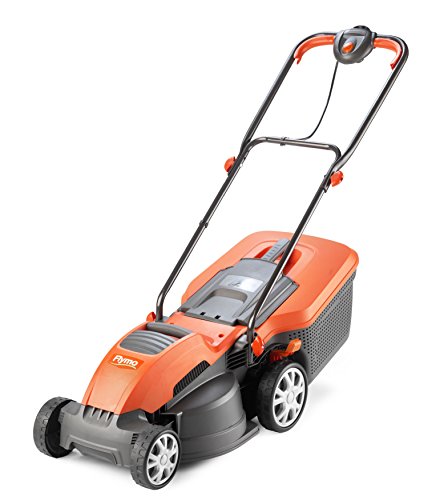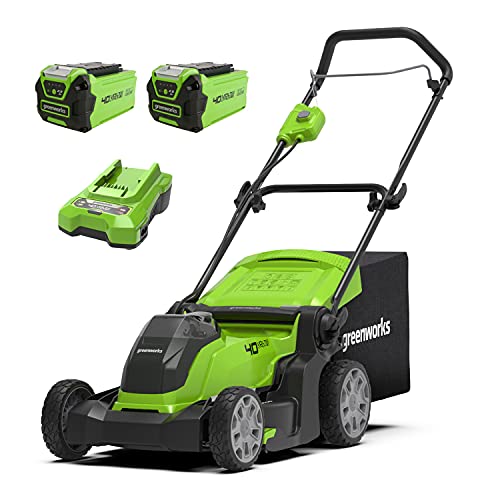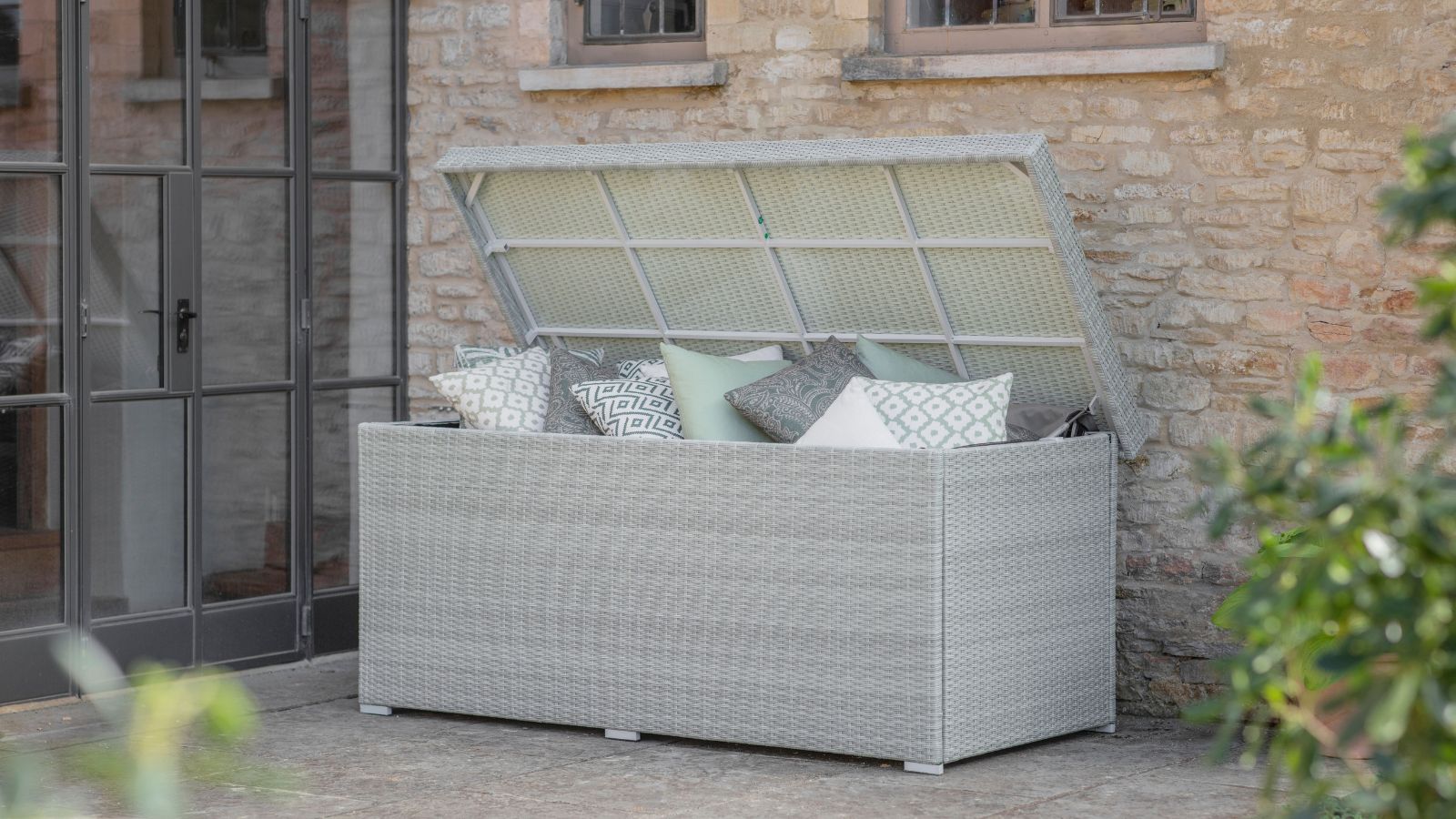Experts warn this is one lawn care job you should never do in a heatwave to avoid damaging your grass
Although doing this task regularly throughout summer is generally recommended, experts say 'cease and desist' when temperatures hit this point

When temperatures soar in the UK, the first thing we want to do is take to our gardens. But whilst this is a time of great enjoyment for us, heatwaves can spell disaster for our lawns.
Whilst regular mowing is something that experts generally agree on as an essential summer lawn care task, this all goes out of the window when temperatures hit a certain level.
Here’s what you need to know about mowing your lawn when temperatures soar, according to the experts.
Should you mow your lawn in a heatwave?
In general, Lucie Bradley, Gardening Expert from Easy Garden Irrigation, explains that from June, you should have increased mowing frequency to once a week as this is the peak period of grass growth before you stop mowing your grass before winter.
"However, in a drought or heatwave, you should never cut your grass. During these periods, grass plants are under a lot of stress and may not recover from mowing. Instead, wait until the temperatures cool down and at least 24 hours after rainfall or watering," says Lucie.
"If your lawn is looking brown and dormant, this is never the best time to cut grass and it’s best to avoid mowing altogether. Grass naturally slows its growth in drought conditions, and mowing can cause further stress. Wait until the grass starts to green up again before resuming mowing," adds gardening expert Luke Newnes.

Joining the Hillarys Interior Squad, Luke – also known as The Pink Gardener – is a new-build gardening specialist and content creator. With a talent for transforming outdoor spaces into stunning sanctuaries, he shares expert gardening tips and inspiration, encouraging others to embrace the beauty of nature.
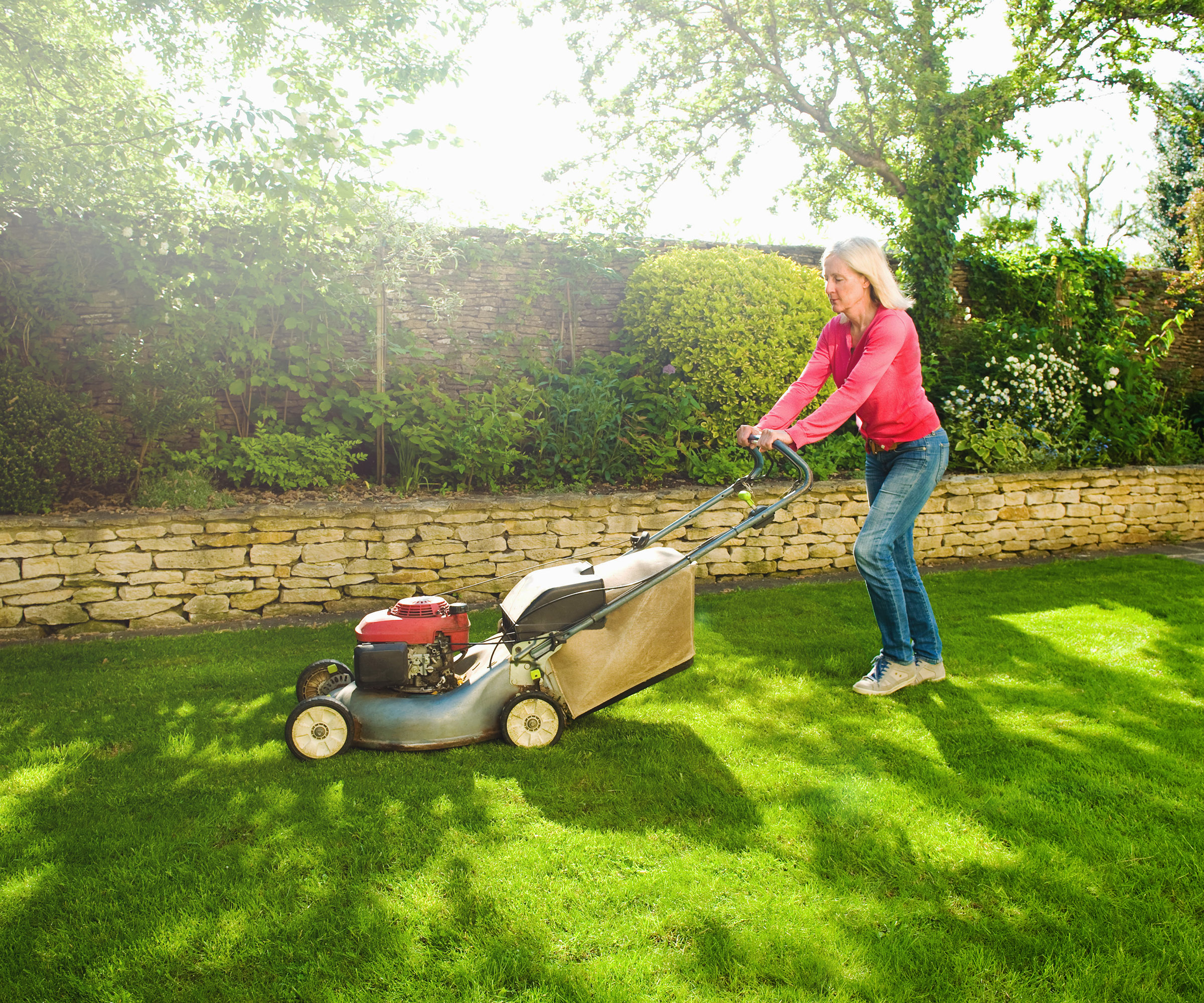
Keep your grass longer during periods of hot weather
So the experts agree that mowing your lawn in a heatwave is a hard no, but why?
Bring your dream home to life with expert advice, how to guides and design inspiration. Sign up for our newsletter and get two free tickets to a Homebuilding & Renovating Show near you.
"Keeping your grass long helps shade the soil, which reduces moisture loss through evaporation," says Cheryl Harper, Managing Director of Greensleeves. "Longer grass also develops deeper roots, making it more drought-resistant and better able to access water during dry conditions. This simple adjustment can significantly improve your lawn’s resilience during a heatwave."
"Mowing too short, often called ‘scalping’, can stress your lawn significantly. Short grass exposes the soil, leading to faster evaporation and weaker roots," adds Luke Newnes. "This makes your grass more susceptible to drought, weeds on your lawn, and heat damage."
Nick Ee, product and training manager at BLACK+DECKER, sums up: "The golden rule is never to remove more than one-third of the grass blade in a single cut. I’d recommend keeping your mower blades higher during summer; around 6-8cm is ideal. This provides natural shade for the roots and helps retain soil moisture."

Lucie has been working in the gardening industry for over 28 years and is a gardening expert at Easy Garden Irrigation.
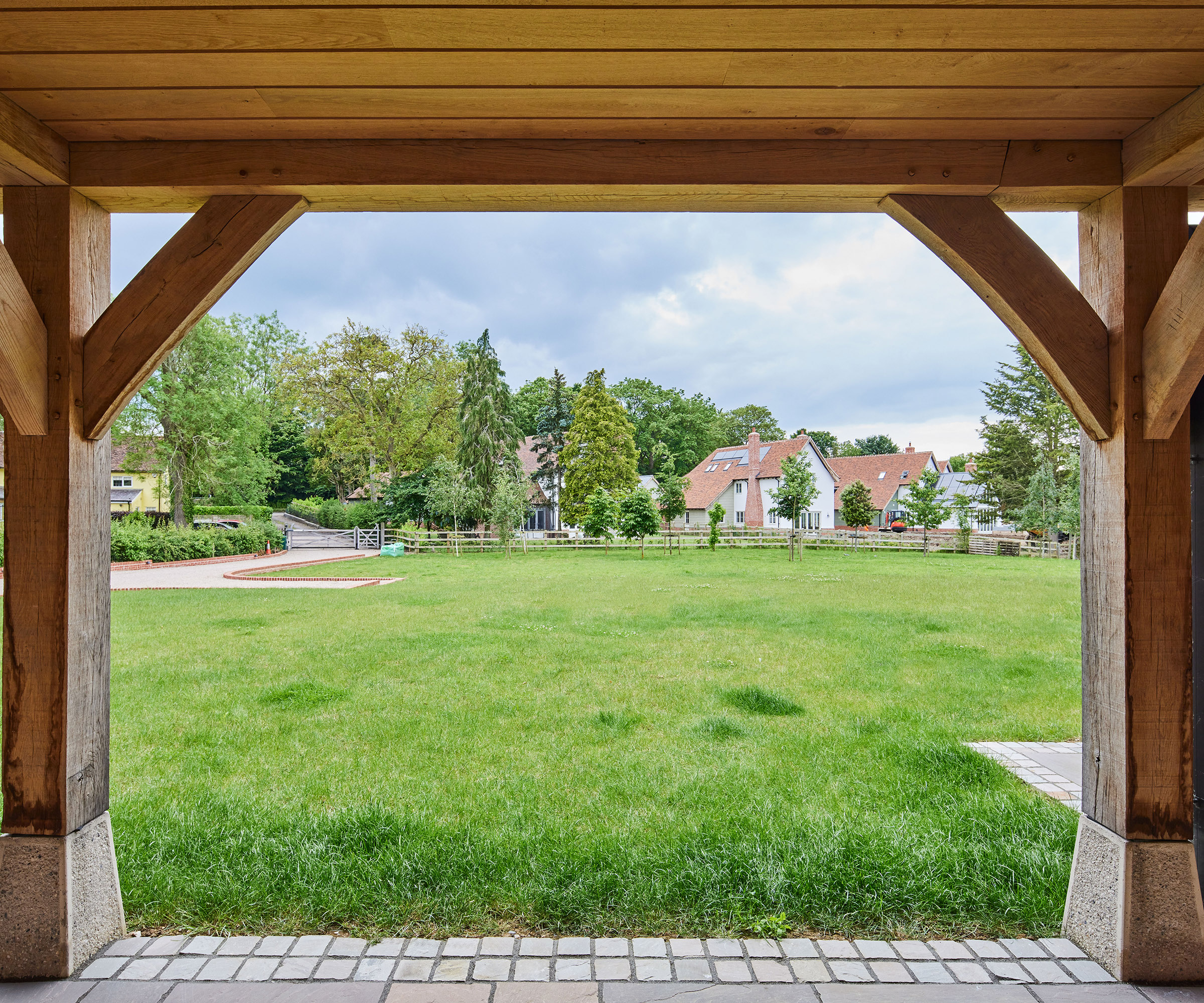
Shop these grass cutting essentials for when the weather cools down
FAQs
What temperature is too hot to mow the lawn?
"As a general rule, avoid mowing when temperatures exceed 30°C (86°F). Not only is it tough on the grass, but it can also be unsafe for you. If it’s uncomfortably hot for you, it’s likely too hot for your lawn as well," says garden expert Luke Newnes, AKA The Pink Gardener.
“While there isn’t a strict temperature cut-off point," adds UK lawn expert Chris Cooper from Hayter. "I always recommend not mowing when temperatures are consistently around 30° and there is limited rainfall."
Keeping an eye on temperatures is easier with a garden thermometer like this stylish Indoor Outdoor Thermometer Hygrometer option at Amazon.
How long should grass be kept in hot weather?
"In hot weather, it’s best to keep your grass a little longer than usual – aim for a height of around 5–7cm (2–3 inches). Longer blades provide more shade to the soil, helping to retain moisture and protect the roots from scorching sun," says garden expert Luke Newnes.
During the growing period, you might find other unwanted guests cropping up in your green spaces. Have a look at our guide on how to get rid of mushrooms in your lawn if you want to keep your lawn looking its best all summer long.

Teresa was part of a team that launched Easy Gardens in 2018 and worked as the Editor on this magazine. She has extensive experience writing and editing content on gardens and landscaping on brands such as Homes & Gardens, Country Homes & Interiors and Living Etc magazine. She has developed close working relationships with top landscape architects and leading industry experts, and has been exposed to an array of rich content and expertise.
In 2020 Teresa bought her first home. She and her partner worked alongside architects and builders to transform the downstairs area of her two bedroom Victorian house in north London into a usable space for her family. Along the way she learned the stresses, woes and joys of home renovation, and is now looking to her next project, landscaping the back garden.
